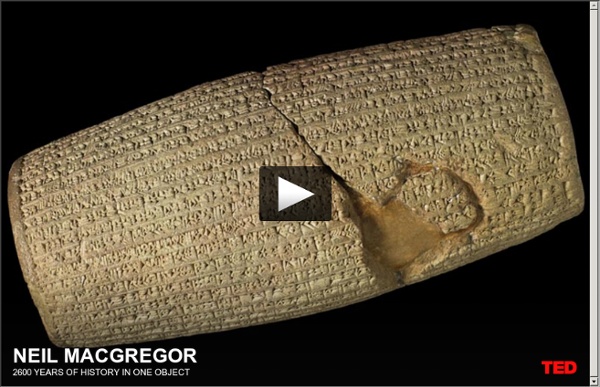



Introduction au Personal branding : Comment gérer son identité et sa réputation ? (Partie 1) - Article rédigé par Alexandre Lachaut (Webcastory) Ce 1er plateau sur le Personal Branding a pour simple ambition de poser les bases de ce nouveau phénomène en France.Tout d'abord, qu’est-ce que le personal branding ? Le terme « personal branding » est apparu sous le clavier de Tom Peters en 1997 dans un article intitulé « The Brand Called You » sur fastcompany (article très intéressant ici).Le Personal Branding, ou gestion de marque personnelle, est une méthode pour gérer notre carrière en créant notre marque personnelle ou notre marque professionnelle, c’est-à-dire notre marque en tant que professionnel. Cette marque se définit à travers notre identité et notre réputation…(définition d’Olivier Zara).J’image déjà certain(e)s d’entre vous s’exclamer que « Je ne suis pas une marque ! Pour ceux qui veulent en savoir plus, cliquez ici ! Introduction au Personal branding : comment gérer son identité et sa réputation ? Pourquoi et comment être authentique dans son Personal Branding ?
15 caractéristiques du management du 21ème siècle « Le management du futur sera ouvert et globale ! » Ce n’est pas moi qui le dit, mais Stefan Lindegaard, sur son excellent blog 15inno. Ce spécialiste danois de l’innovation ouverte (open innovation), s’inspire lui-même de Gary Hamel, célèbre professeur de management stratégique à l’université de Harvard. A distance, l’un et l’autre dégagent quelques caractéristiques clés d’un management efficace. Un management qui pourra mieux répondre aux défis et réalités de ce début de 21ème siècle. Voici 15 facettes principales de ce management d’aujourd’hui, un peu, et surtout de demain : 1. Les processus et les pratiques en vigueur demain devront refléter réellement et sincèrement l’interdépendance de toutes les parties prenantes, internes et externes à l’entreprise. 2. Retrouver les avantages du leadership naturel. 3. La méfiance et la peur, trop souvent présente dans les organisations, pénalisent l’innovation et l’implication des uns et des autres. 4. 5. 6. 7. 8. 9. 10. 11. 12. 13. 14. 15.